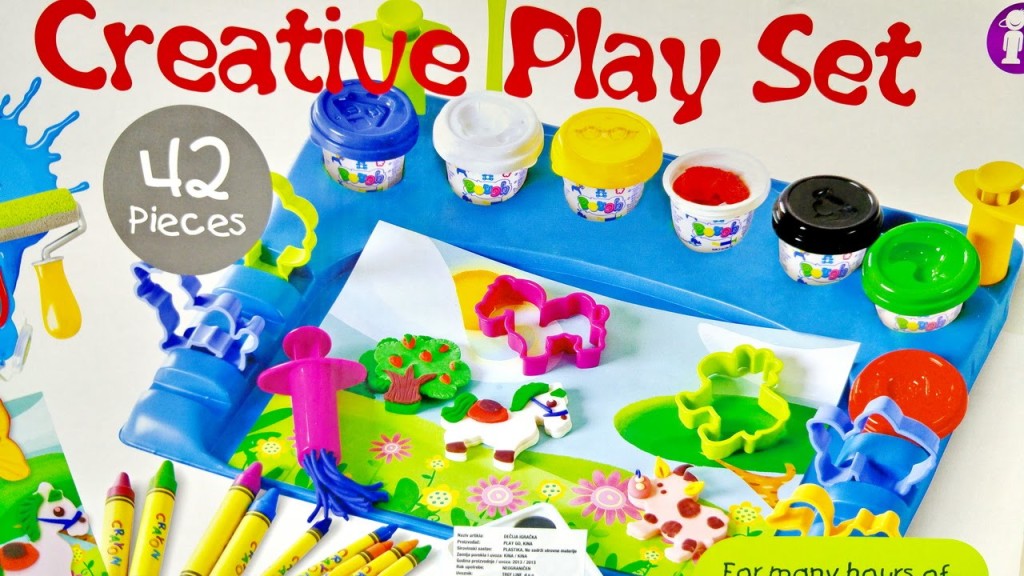Play-Doh is a modeling compound used by young children for art and craft projects at home and in school. Composed of flour, water, salt, boric acid, and mineral oil, the product was first manufactured in Cincinnati, Ohio, U.S., as a wallpaper cleaner in the 1930s. When a classroom of children began using the wallpaper cleaner as a modeling compound, the product was reworked and marketed to Cincinnati schools in the mid-1950s. Play-Doh was demonstrated at an educational convention in 1956 and prominent department stores opened retail accounts. Advertisements promoting Play-Doh on influential children’s television shows in 1957 furthered the product’s sales. Since its launch on the toy market in the mid-1950s, Play-Doh has generated a considerable amount of ancillary merchandise such as The Fun Factory. In 2003, the Toy Industry Association named Play-Doh in its “Century of Toys List”.
The non-toxic, non-staining, reusable modeling compound that came to be known as “Play-Doh” was originally named Rainbow Modeling Compound. It was a pliable, putty-like substance concocted by Noah McVicker of Cincinnati-based soap manufacturer Kutol Products; it was devised at the request of Kroger Grocery, which wanted a product that could clean coal residue from wallpaper. Following World War II, with the transition from coal-based home heating to natural gas and the resulting decrease in internal soot, and the introduction of washable vinyl-based wallpaper, the market for wallpaper cleaning putty decreased substantially. McVicker’s nephew, Joe McVicker, joined Kutol with the remit to save the company from bankruptcy; he subsequently discovered that the wallpaper cleaner was being used by nursery school children to make Christmas ornaments.
Joe McVicker took PlayDoh to an educational convention for manufacturers of school supplies, and Woodward & Lothrop, a department store in Washington, DC began selling the compound. In 1956, the McVickers formed the Rainbow Crafts Company to make and sell Play-Doh. Also in 1956, a three-pack of 7-ounce cans was added to the product line, and, after in-store demonstrations, Macy’s of New York and Marshall Field’s of Chicago opened retail accounts. In 1957, chemist Dr. Tien Liu reduced Play Doh’s salt content (thus allowing models to dry without losing their color), and Play-Doh ads were telecast on Captain Kangaroo, Ding Dong School, and Romper Room. In 1958, Play-Doh’s sales reached nearly $3 million.
More info: https://en.wikipedia.org/wiki/Play-Doh
